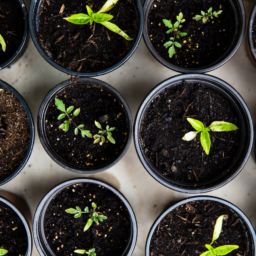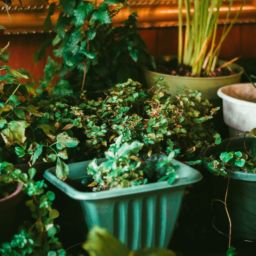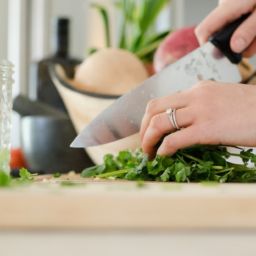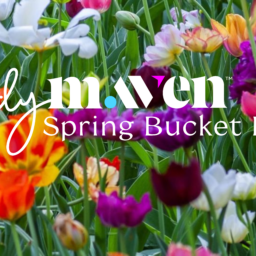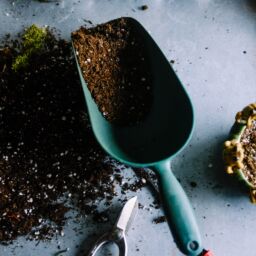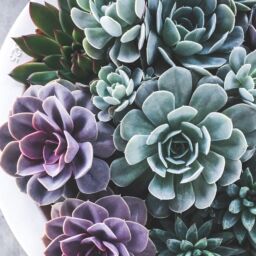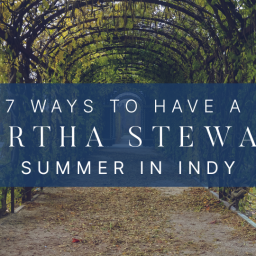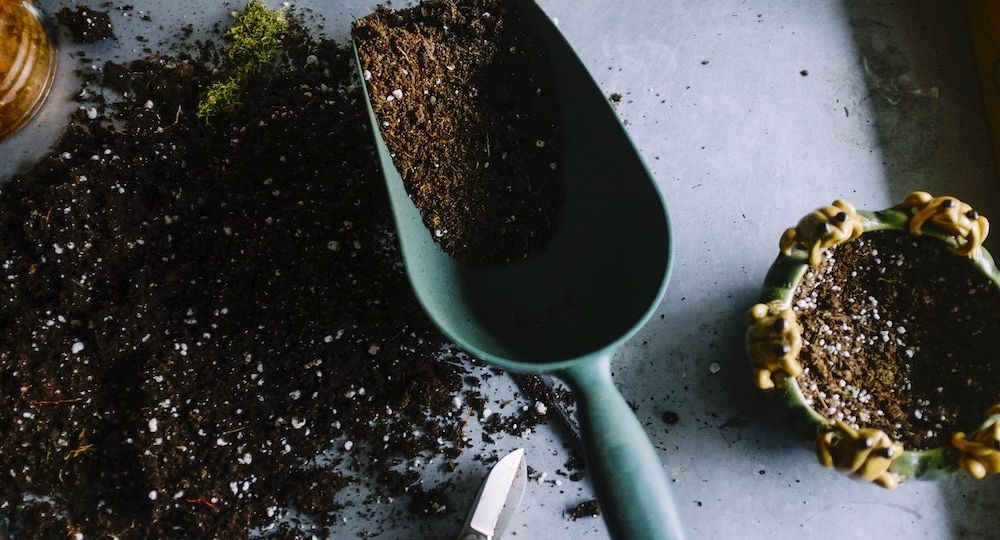
Green thumb or not, these tips will help you create the garden or outdoor space of your dreams this spring.
Kate Franzman, farm manager at Patachou Inc. and founder of Bee Public gives her advice for creating a beautiful garden. Her tips originally appeared in a story about spring organizing by Ally Denton.
LEAVE YOUR DANDELIONS ALONE
We all have a little more time on our hands and eradicating the yellow weeds in our yard might seem like a great way to beat your boredom. However, dandelions are one of the season’s earliest food sources for bees and other pollinators. Leave them be. If you must, pull them by the root and avoid using nasty herbicides, which are harmful not only to pollinators but to pets and humans, as well.
PLANT FLOWERS
Pollinators need food sources in every season, especially early spring and late fall. Plant flowers now to provide sweet sweet nectar for them in all seasons.
PRIORITIZE NATIVE PLANTS
Pollinators prefer plants that are native to their area versus ornamental plants. Check out Indiana Native Plant Society or Marion County Soil and Water for resources on native plants.
START YOUR GARDEN
If you’re starting a garden for the first time, don’t get overwhelmed by the details. Use what materials you already have around the house and yard. Plants will grow in just about anything with proper drainage. You can get garden compost delivered from a local company such as Green Cycle or Indiana Mulch and Stone. They even have a handy calculator to help you determine exactly how much you need.
Things you can plant now: kale, lettuce, radishes, beets, carrots, cabbage, and arugula.
Wait until mid-May to plant: tomatoes, peppers, squash, and cukes.
When in doubt, follow the recommendations on the back of your seed packet.
NO BACKYARD? NO WORRIES
Don’t let that stop you. Fill pots, canvas bags, plastic tubs, whatever you have with potting mix (which holds water better in smaller containers), add some organic fertilizer, and grow some food.
Read the full story here.
Are you ready to take your garden from decorative to functional? Try growing your own produce. Click here to learn more about how to grow your own food, specifically in Indiana.
Ellie Allen is Indy Maven’s Editorial Intern.
All of our content—including this article—is completely free. However, we’d love if you would please consider supporting our journalism with an Indy Maven membership.







